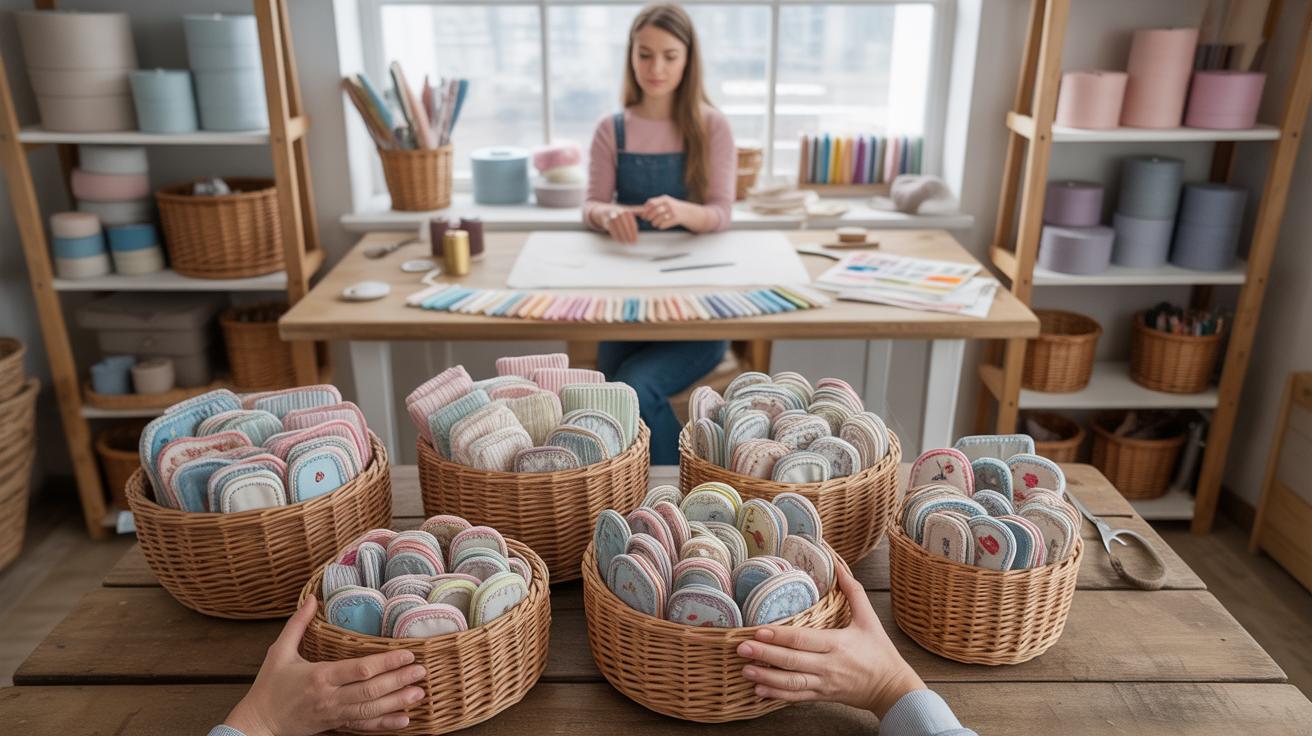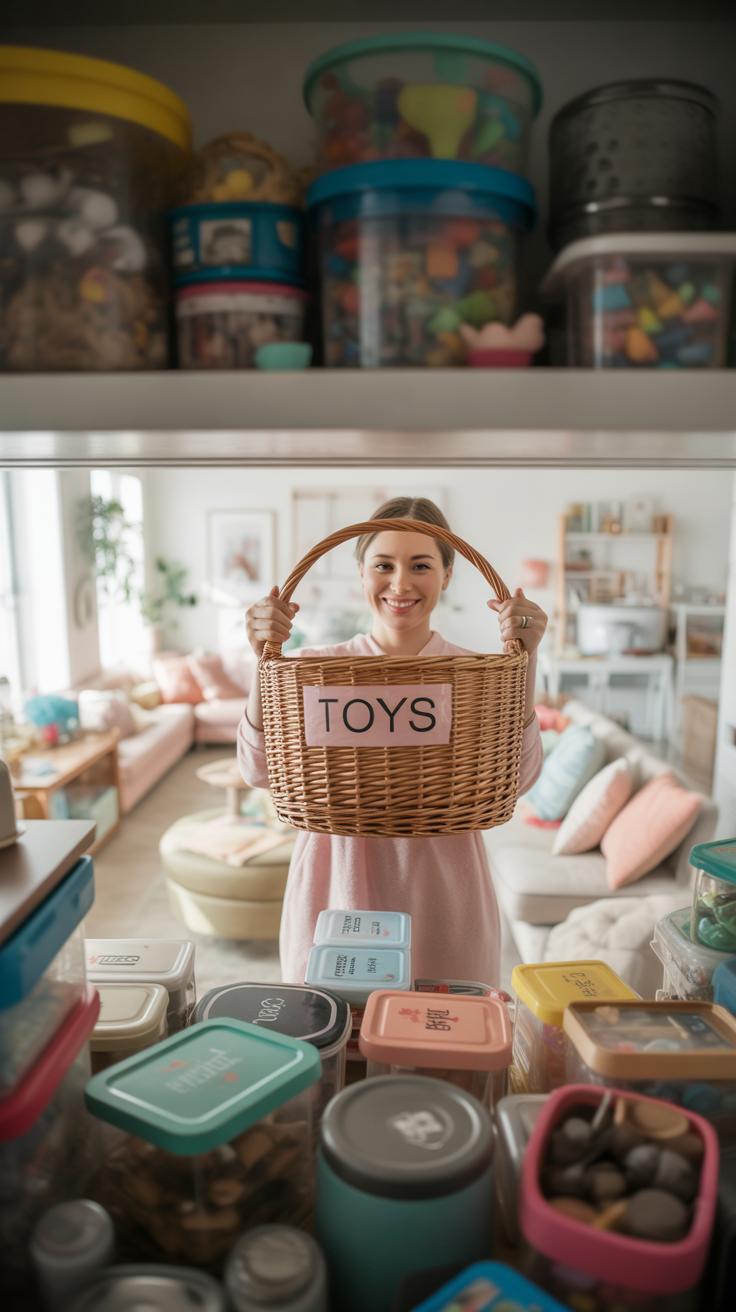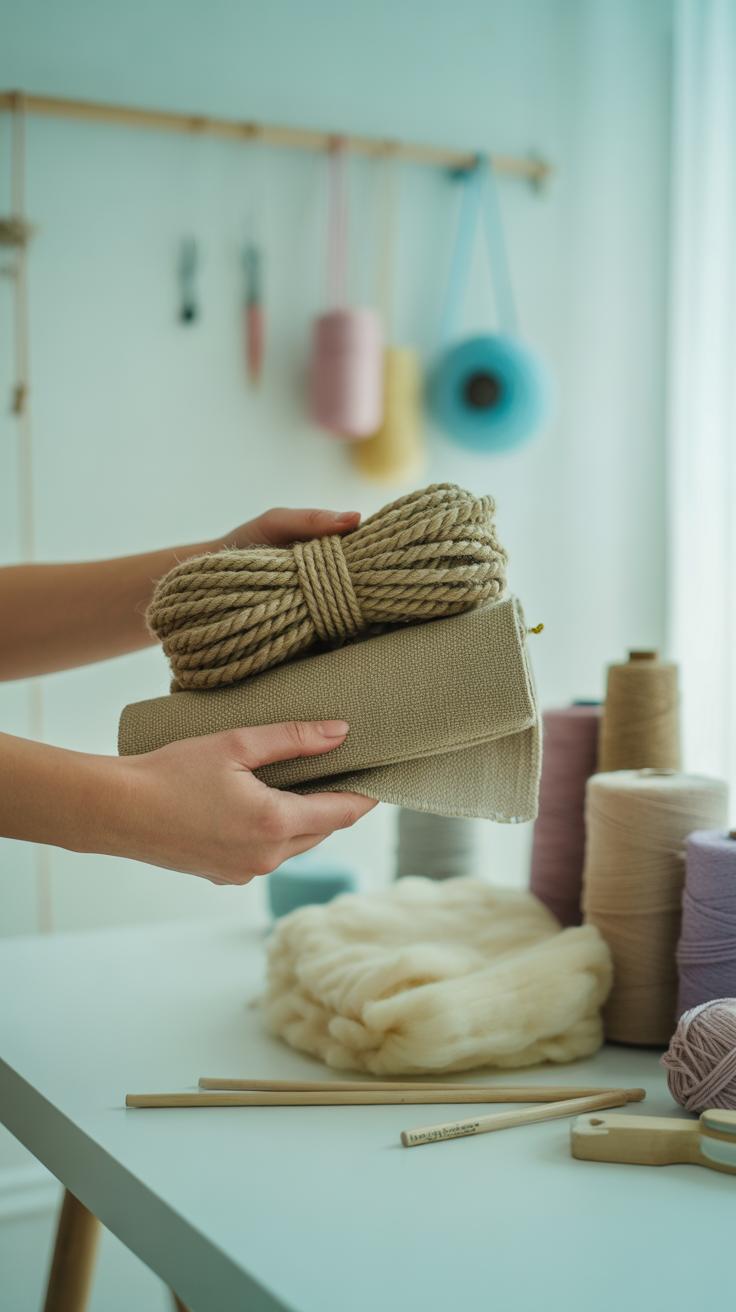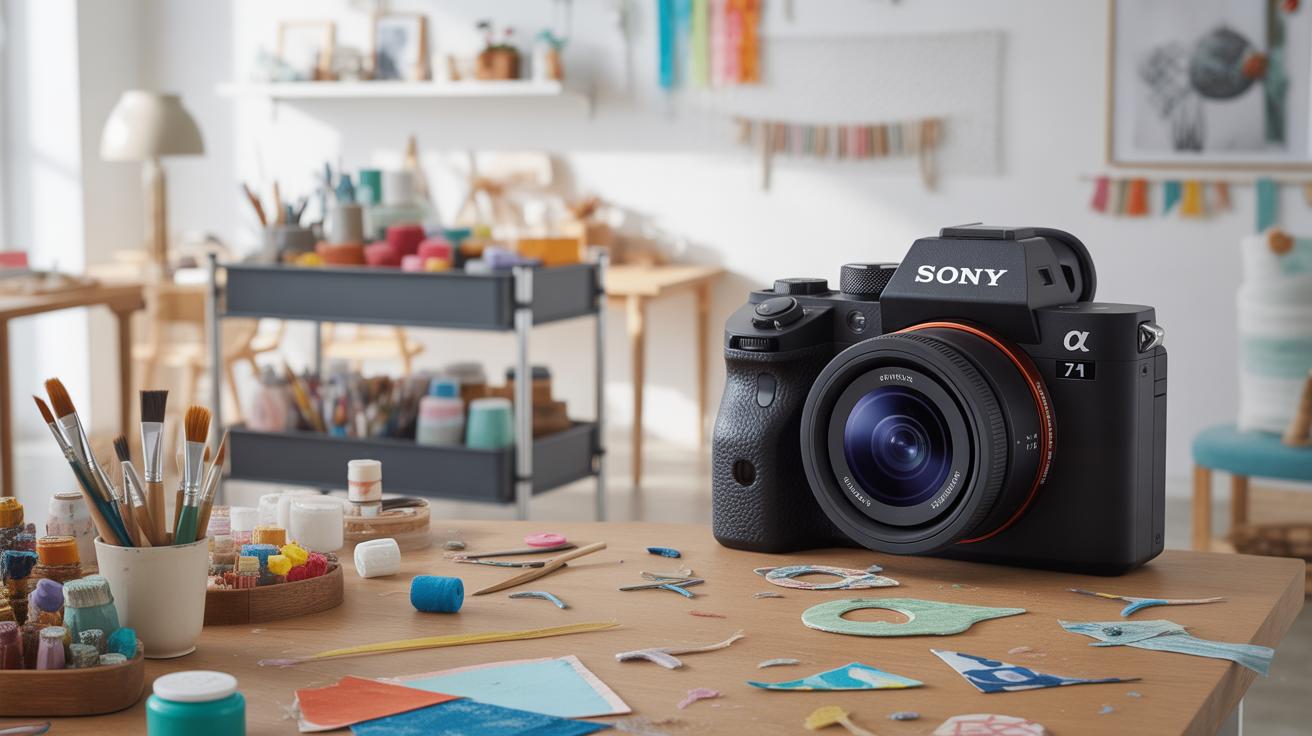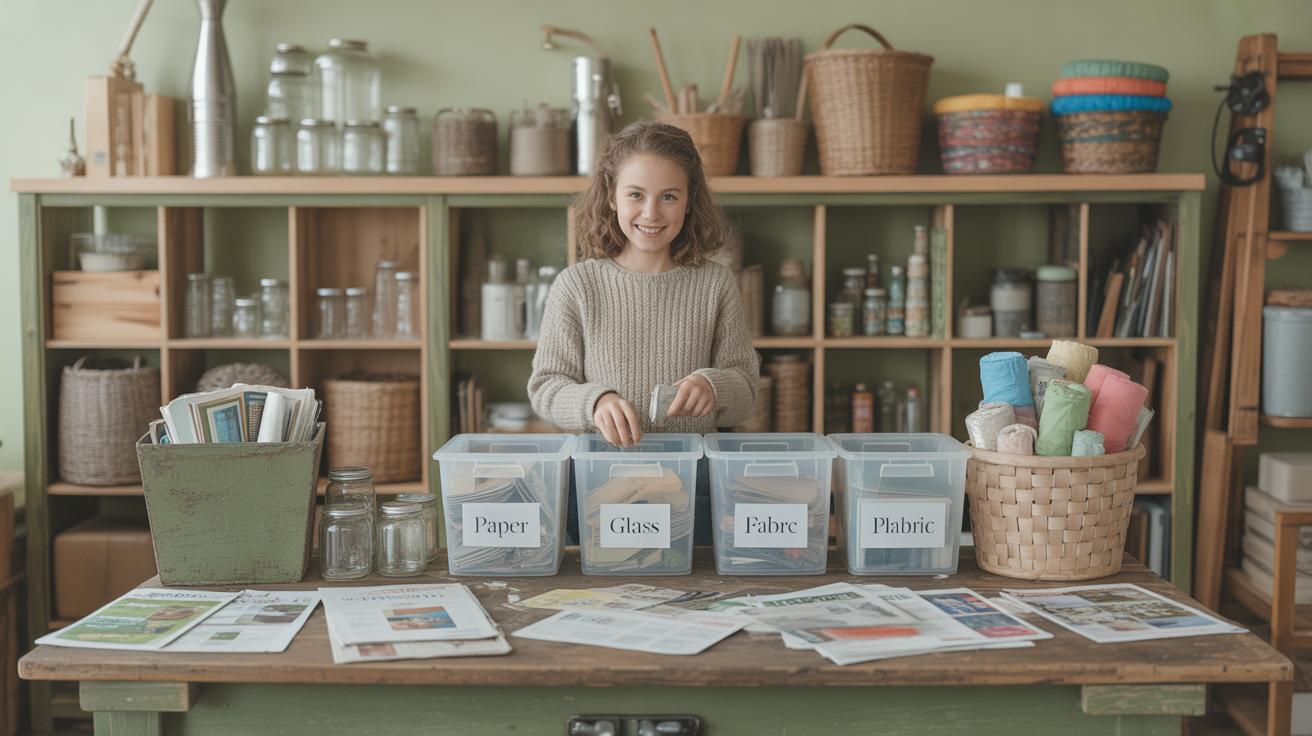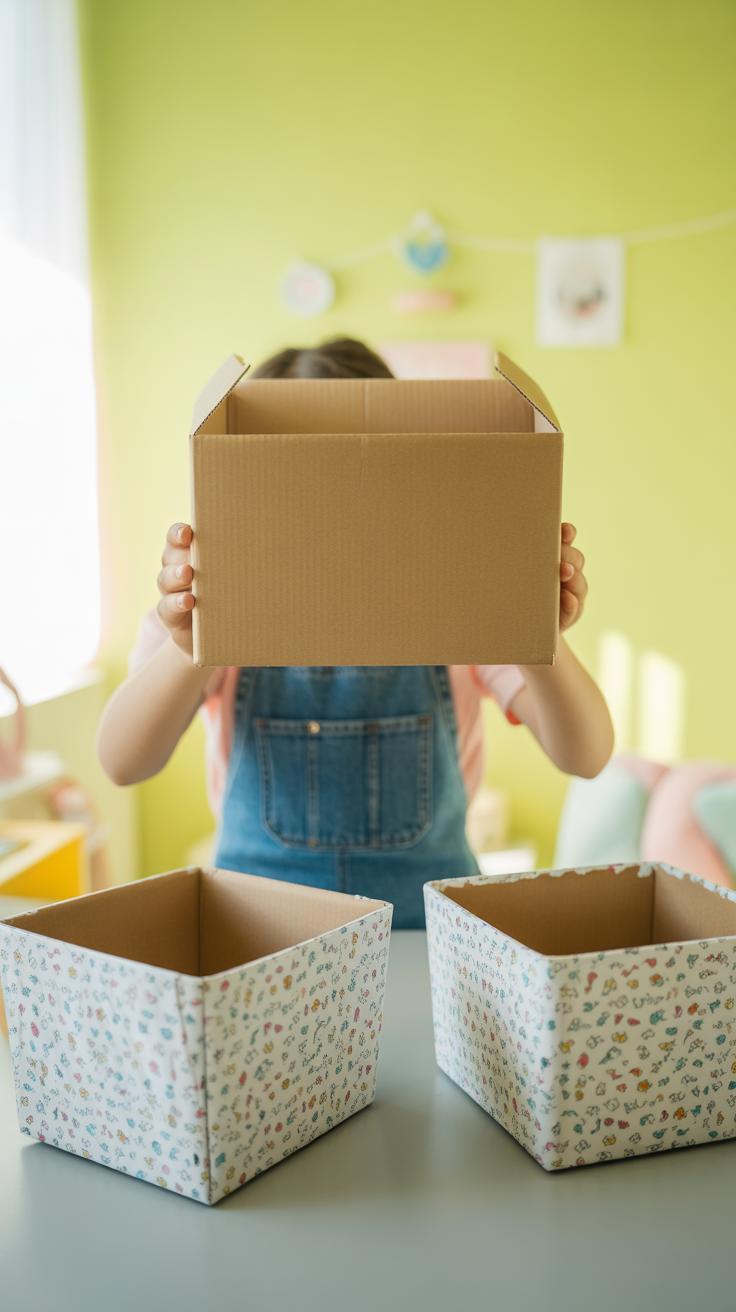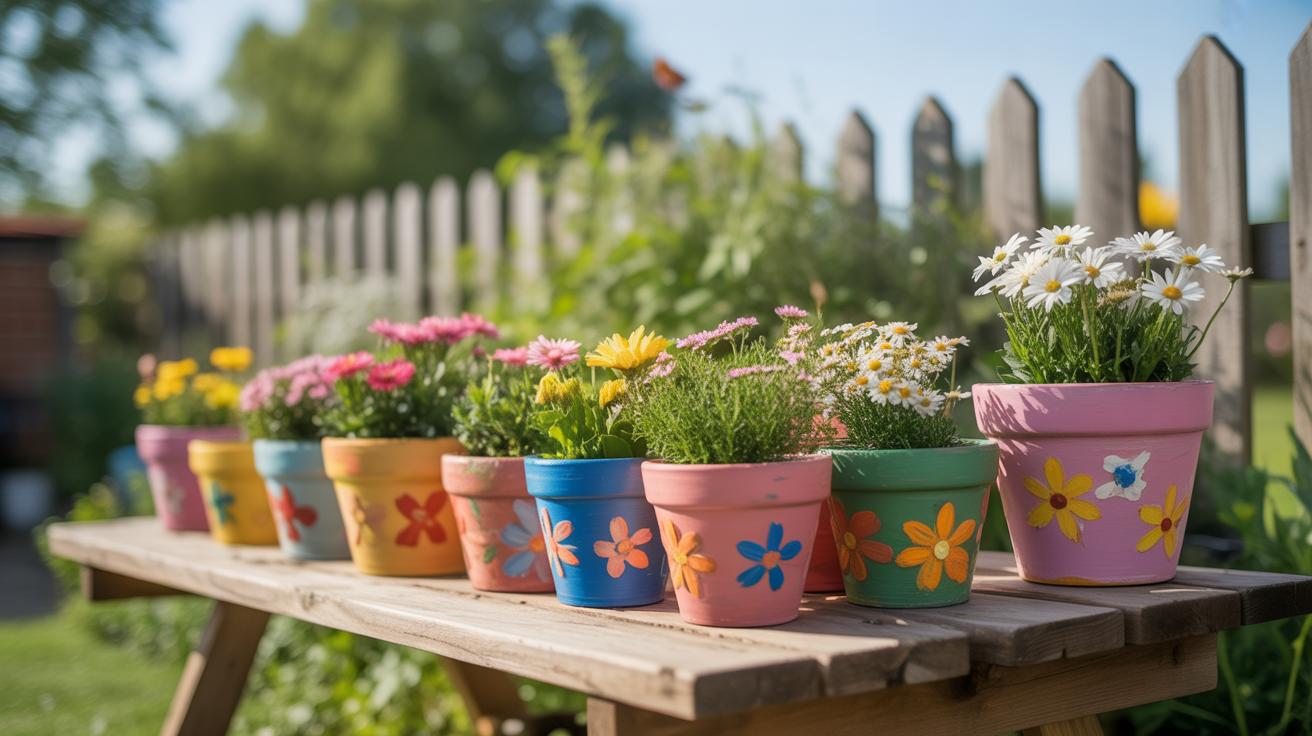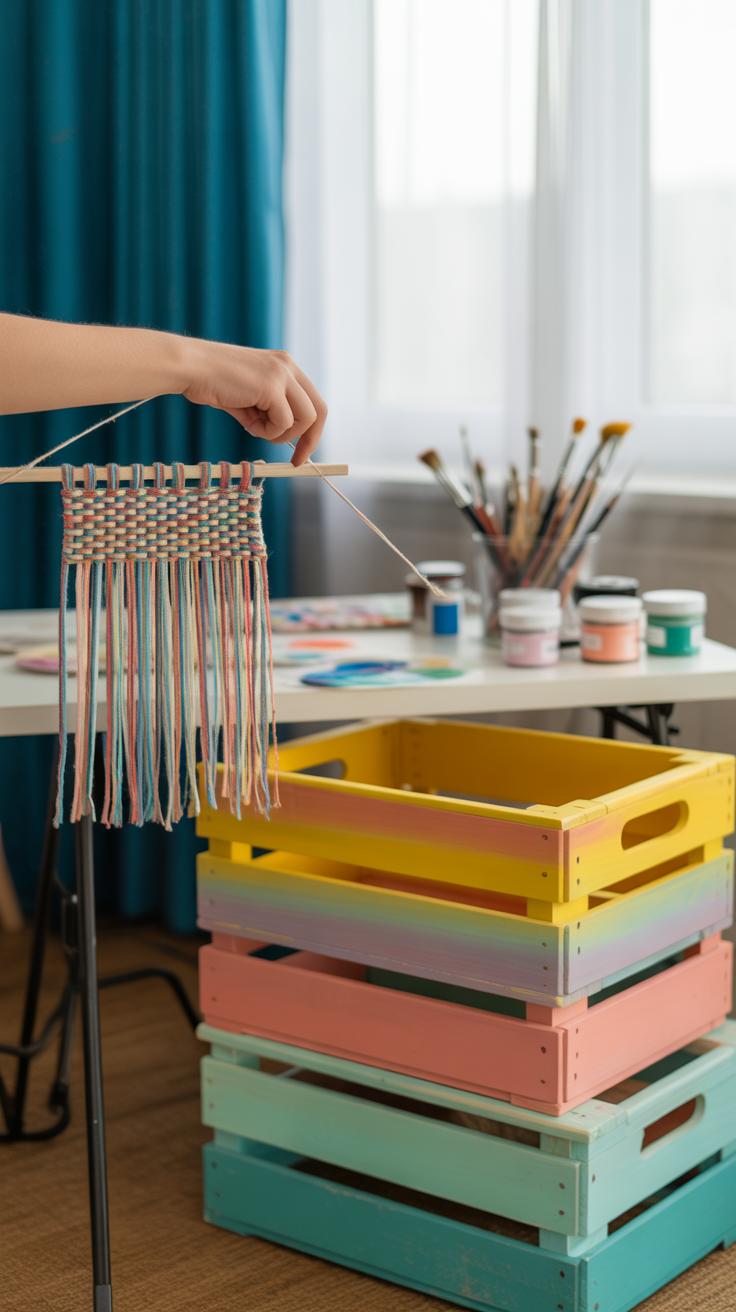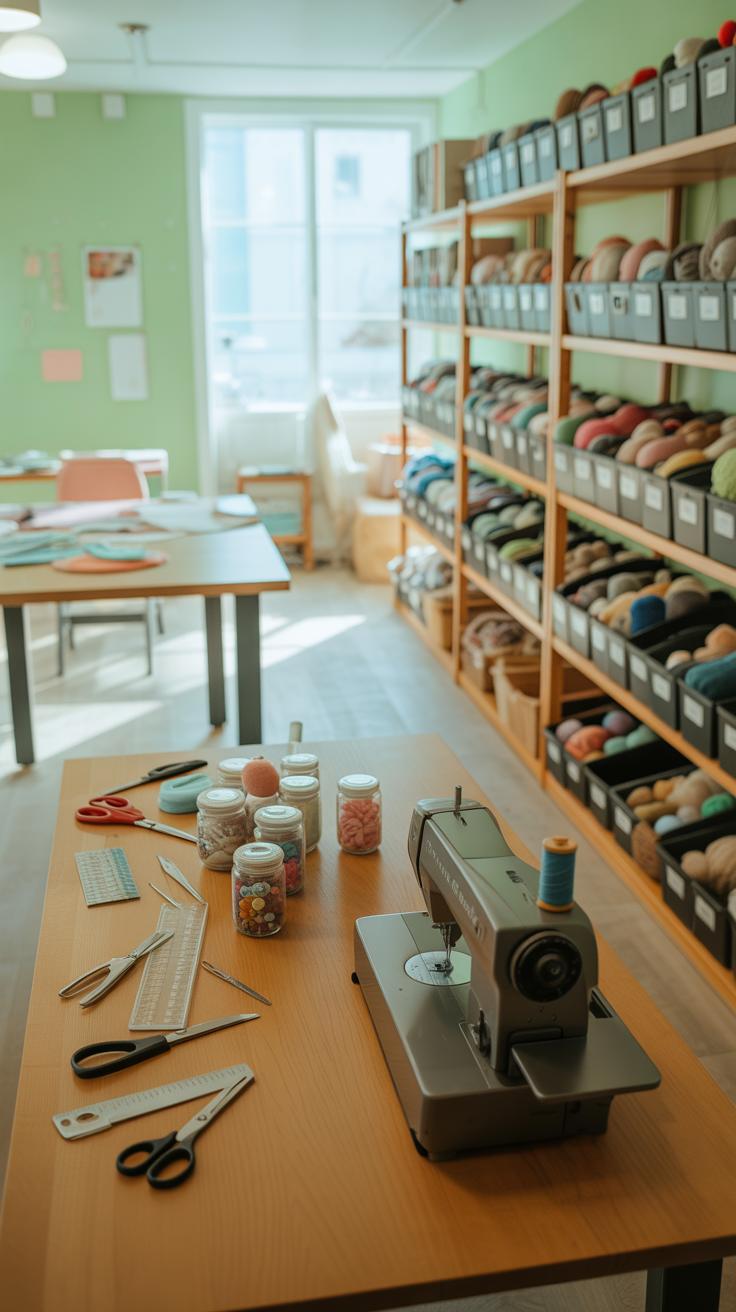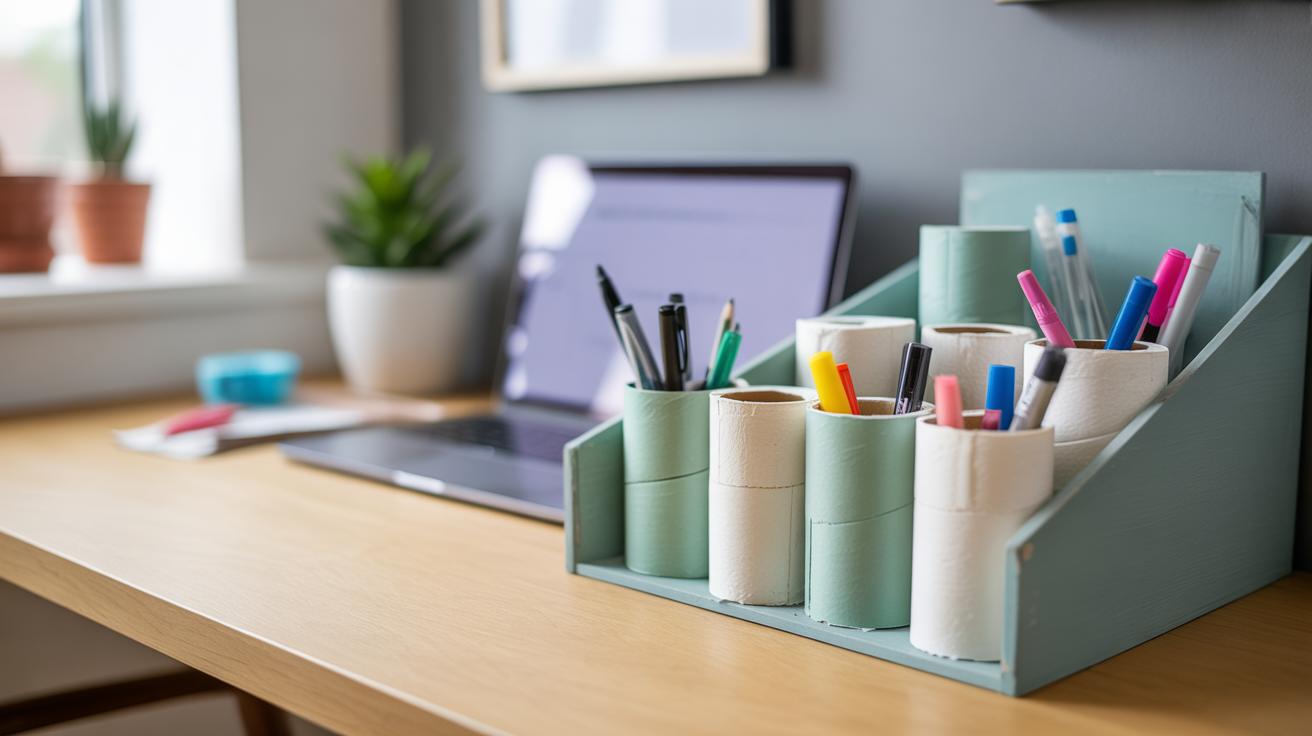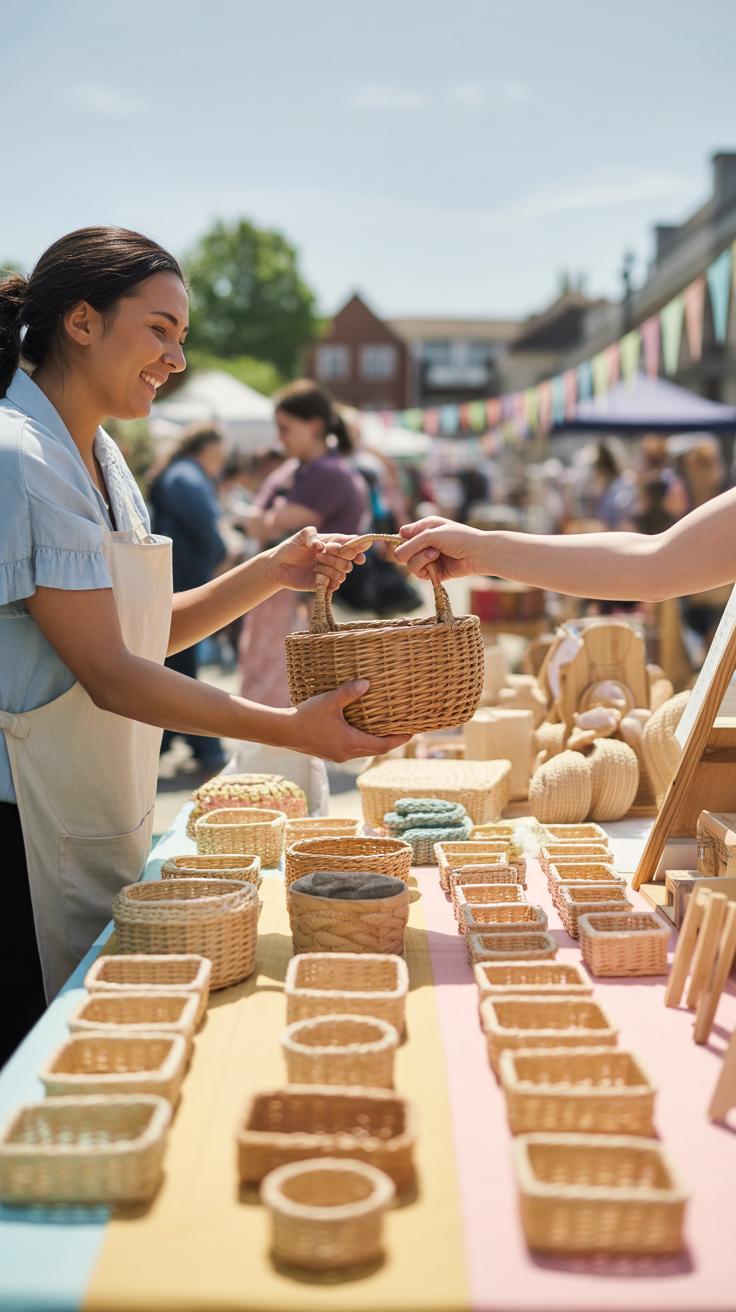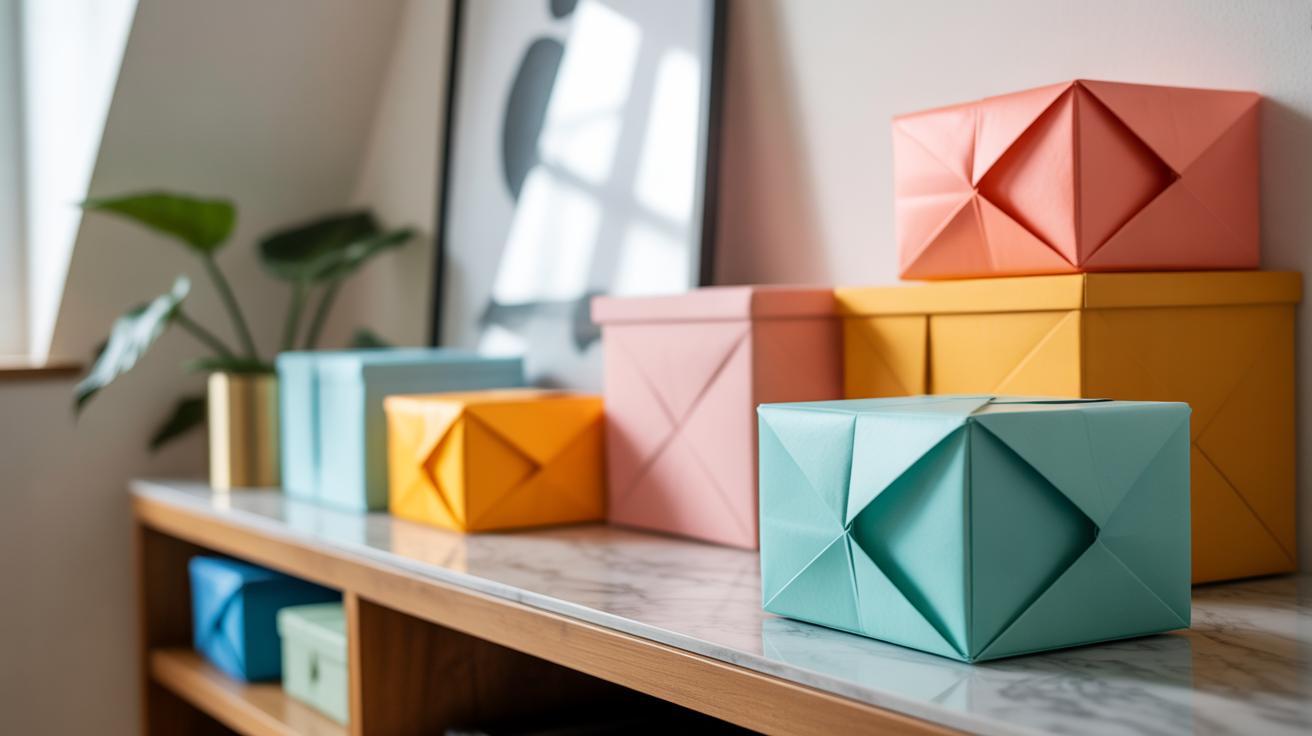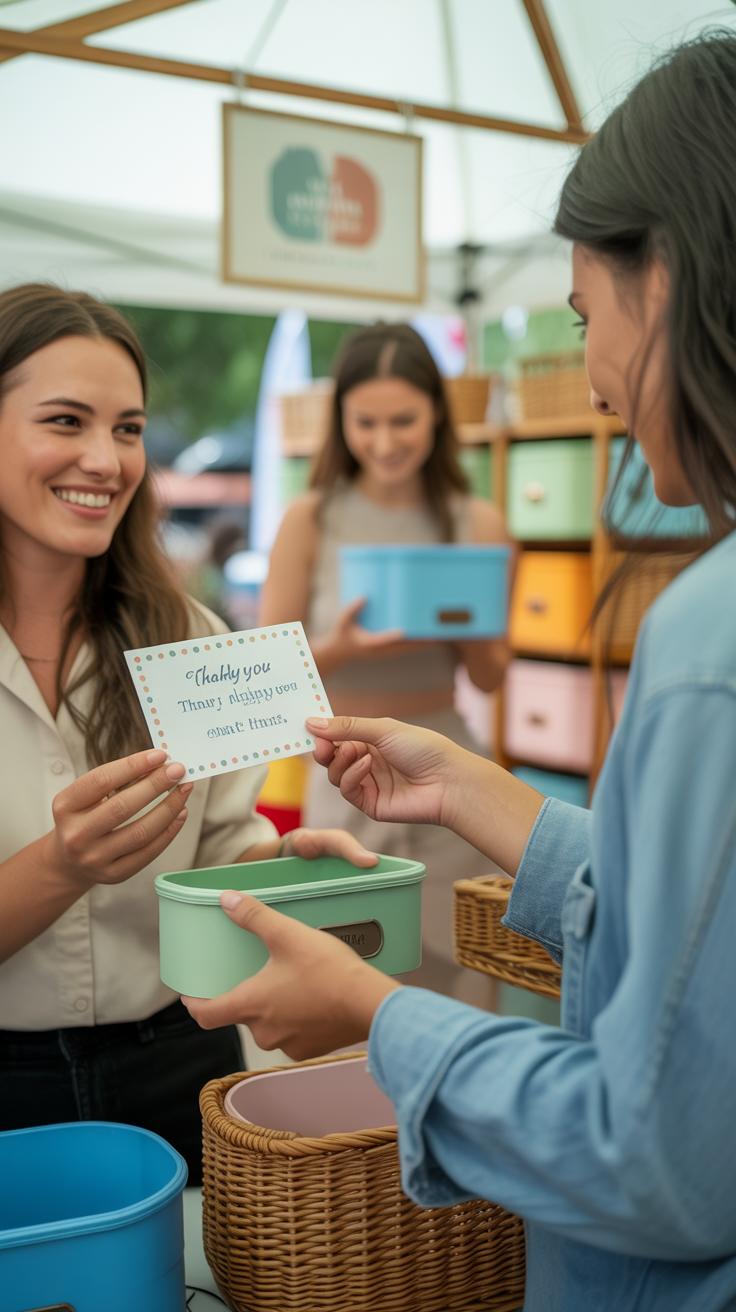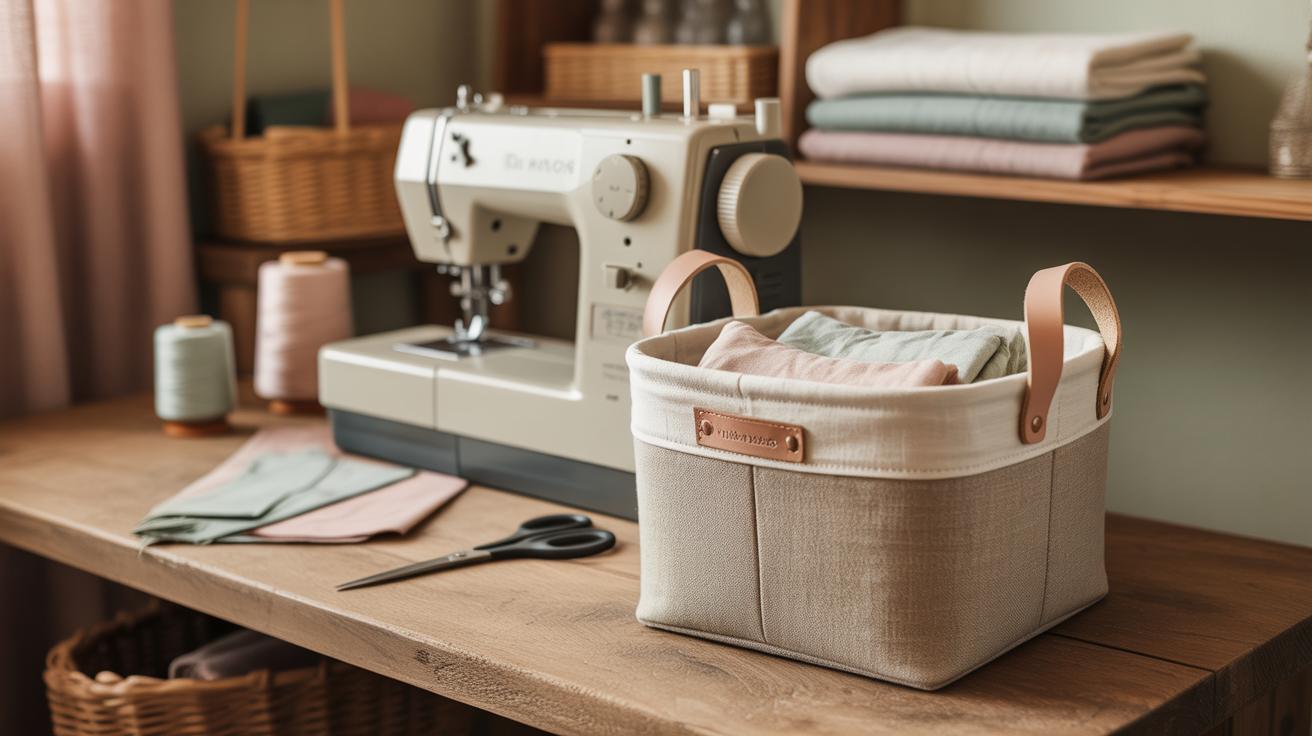Introduction
Creating crafts to make and sell for home storage solutions is a smart way to combine creativity with practicality. Home storage is a big topic because many people want to keep their homes organized and tidy. Handmade storage crafts offer unique and useful options that store things neatly while adding charm to living spaces.
You can make a variety of items such as boxes, shelves, baskets, and organizers from simple materials. Selling these crafts from home or online gives you a chance to earn income, while helping others solve storage problems. This article will guide you through the best crafts to create, how to design them well, and ways to market your crafts successfully.
Understanding The Need For Home Storage Crafts
When you look around your home, maybe you feel the spaces are just a bit too cramped or things are scattered about. It’s a common issue—clutter sneaks in, and suddenly, your favorite nook is swallowed up by stuff that doesn’t quite have a proper place. Storage problems often stem from a mix of limited space and the sheer amount of items people accumulate. It’s not just about having less room, but having the right kind of space.
Handmade storage crafts offer a different solution compared to mass-produced options. They can fit unique spaces and suit personal habits better. For example, a custom-sized basket that fits perfectly under your desk or a set of wall-mounted shelves adjusted just so can transform how a room feels and functions. They don’t just hide clutter—they organize in ways that make sense for you.
People often struggle with these issues:
- Items piling up with nowhere specific to go
- Rooms feeling smaller or messier than they should
- Difficulty finding things when you need them
Some storage solutions might feel generic or off in style. Handmade crafts, on the other hand, have this personal touch and adaptability that sometimes mass market goods lack. You get to decide dimensions, materials, and designs that actually fit your home’s vibe. Even durability can surprise you—solidly built, well-thought-out pieces often outlast cheaper counterparts. And because you make them or buy from someone who truly cares about the craft, you get more than just a functional item; you get something that can add a bit of charm.
So, when facing those daily frustrations with clutter or limited space, think about how a tailored, handmade piece might not only solve the problem but also feel more satisfying to use. Maybe you’ll find storage doesn’t have to be an afterthought.
Materials Commonly Used For Home Storage Crafts
When creating home storage crafts, choosing the right material shapes how your project turns out — and how well it lasts. Wood stands out as a favorite. It’s sturdy, easy to customize, and offers a timeless look. From simple crates to sleek shelves, wood fits many styles. Sometimes it feels like the classic choice for a reason, though it can get pricey depending on the type you select.
Fabric also plays a big role, especially for softer storage like bins or bags. Cotton, canvas, and burlap all have different feels and durabilities. Plus, sewing or gluing fabric projects tends to be quicker and more forgiving than working with wood. But you might wonder—does fabric hold up well over time? It can, but often needs reinforcement.
Then there are recycled materials, which have been gaining popularity. Items like pallets, old boxes, or even repurposed plastic containers become cool storage solutions with a bit of effort. They’re often affordable or free, but their quality varies a lot. You might need to be extra selective or do some prep work to make them reliable.
Eco-friendly And Affordable Options
Using recycled or natural materials isn’t just a trend—it’s a practical way to keep costs down. Cardboard boxes transformed by paint and liners can serve surprisingly well for lightweight storage. Old fabric scraps, when stitched together, become charming pouches or drawer organizers. Bamboo, which grows fast, offers a greener alternative to hardwood and resists moisture better than many woods.
Still, there’s a balance to strike. Cheap recycled materials might save money upfront but may not last as long or look polished, which could affect how much you can sell them for. On the flip side, natural materials like jute or linen may feel more sustainable, but sometimes they demand more care and attention to detail.
Choosing Durable Materials
Durability really matters here. Buyers want storage that doesn’t just look good but also holds up under daily use. Thick plywood, solid pine, or metal baskets typically outlast flimsy alternatives. Choosing fabrics with tight weaves or treating them with protective coatings can extend their life, too.
It’s curious, though, durability might sometimes clash with affordability or eco-friendliness. You may have to decide what’s more important for your craft: a long-lasting piece or an affordable, sustainable solution. Maybe you want both, but finding the perfect material often takes trial and error.
Simple Crafts To Start Making At Home
Fabric Storage Bins
Making fabric storage bins is a great way to start crafting for home organization. You don’t need fancy tools—just some basic sewing skills will do. Begin by choosing a sturdy fabric, like canvas or denim, that can hold its shape. Cut two rectangles: one for the bin’s body and one for the base. The size depends on what you want to store, but around 12 by 12 inches is a practical start.
Sew the sides together carefully, leaving the top open. Adding an inner lining can give extra stability, though you might skip that if you’re short on time. Once sewn, press the edges for a cleaner look. Decorating is where you can have some fun—stitched patterns, fabric paint, or simple appliqués brighten things up. Handles made from ribbon or fabric strips make them easier to carry and add charm. I once made a few, and even with simple stitches, they looked quite neat. It’s not perfect, but it works.
Decorated Mason Jars For Small Items
Mason jars are surprisingly versatile for small item storage. Start with clean, dry jars, then think about how you want to label or decorate them. You could paint the lids or add washi tape around the edges for a quick style boost. Labels help keep things organized, especially for small things like buttons or office supplies.
You don’t have to get complicated—sometimes a piece of chalkboard paint on the jar’s surface or a handwritten paper label tied with a string makes them feel personal and handy. Inside, you might add fabric or shredded paper to keep loose items from rattling. I’ve seen simple jar setups transform cluttered drawers into neat spaces almost immediately. It’s neat because the jars show you what’s inside without opening, which I think saves time—though sometimes it’s just the jar’s charm that draws people in.
Creative And Unique Storage Craft Ideas
Wall-mounted shelves offer a neat way to free up floor space while making a statement. You don’t need to be a woodworking pro to build these; simple planks and basic brackets can do the trick. Think about varying the sizes—some narrow for books, others wider for plants or keepsakes. Mixing open and closed shelves could also add interest, though that might complicate the build a bit. When selling, highlight how these shelves transform cluttered corners into organized displays.
Old pallets are surprisingly versatile for storage crafts. You could sand down a few slats to create rustic racks or a multi-tiered organizer. The texture and worn look often catch buyers’ eyes, especially those who love a farmhouse vibe. Pallet storage isn’t just for the garage; imagine a kitchen spice rack or a garden tool holder made this way. Just keep in mind the effort required to clean and prep the wood—it’s not always quick, but users tend to appreciate the character it brings.
Decorative baskets blend form with function in a way that isn’t so easy to overlook. You could craft them from rope, fabric strips, or even recycled paper. These baskets add softness to spaces, unlike rigid shelving, which might feel too industrial for some. They’re handy in bedrooms or living rooms, where hidden storage needs an extra touch of style. While sometimes a bit fiddly to make, their appeal can push prices up. Plus, they’re great for customers wanting lightweight, portable options.
Design Tips For Functional And Attractive Storage Crafts
When making storage crafts to sell, striking the right balance between looks and usefulness can be tricky. You want pieces that catch the eye but don’t sacrifice practicality. Think about the person who’ll actually use the item—will it hold what they need without collapsing or feeling clunky?
Sometimes simpler is better. For example, a sleek wooden crate with smooth edges and a neutral finish might work well for most spaces. But at other times, adding subtle curves or a splash of unexpected color can transform a plain box into something special. It depends on your style, and what you think buyers want.
Adding personal touches is where your craft really stands out. Small things like hand-painted patterns, unique knobs on baskets, or even fabric linings can make a handmade item feel one-of-a-kind. If you’re unsure, try experimenting with colors that people often overlook—muted blues, warm grays, or dusty pinks, for instance. These sometimes make a stronger impression than bold brights.
Ask yourself: does this design solve a real problem? Will it fit into someone’s home without clashing? Finding that balance might take trial and error. But when it clicks, you get storage that’s not just useful, but something people want to showcase.
Setting Up Your Craft Workspace And Tools
Basic Tools Every Crafter Needs
Before you start making home storage crafts to sell, you need to have some basic tools at hand. Scissors are obvious but not all are created equal. Invest in a sharp pair, and maybe keep separate ones for fabric and paper, if you work with both. A glue gun—maybe a couple of sizes—is almost always necessary. It holds well and dries quickly, which is crucial when you want to avoid hold-ups.
If your crafts involve sewing, a sewing machine will save you hours, though hand sewing isn’t out of place for some smaller or more delicate projects. Also, a good cutting mat protects surfaces and helps with precise cuts, especially if you use rotary cutters or craft knives. Rulers, both metal and flexible, come in handy too.
You’ll find that as your crafting grows, so does your tool collection. I once thought my small scissors would be enough, but quickly realized the noise of failing glue sticks or blunt blades was slowing me down. So, don’t be shy about expanding your toolkit as you go. Sometimes, even a simple pencil for marking measurements makes a big difference.
Organizing Your Craft Area
Having all your tools scattered around can feel chaotic and stall creativity. Keeping your workspace tidy doesn’t just free up space; it speeds up your workflow. Try grouping tools by purpose—cutting, gluing, sewing—and storing them within arm’s reach. Drawers with dividers, clear bins, or pegboards can help here but pick what you’ll actually use, not just what looks neat.
Let me be frank, I’ve experimented a lot with compartmentalizing supplies and found that sometimes, less is more. Overcrowding your craft station with every gadget you own can become distracting. Clearing the surface at the end of each project or even between steps refreshes your mind and prevents the dreaded “I can’t find it” moment.
Have you noticed how a clean space can sometimes spark new ideas? Maybe it’s psychological, but when I organize at least once a week, I hit creative streaks more often. You don’t need a huge space either—just a spot where you feel comfortable and can leave projects out without it feeling overwhelming.
Pricing Your Crafts To Sell
Calculating Costs
When setting a price for your home storage crafts, the first step is tallying up your expenses. Start by listing all the materials used—wood, paint, fabric, hinges, whatever goes into your piece. Don’t forget the small stuff like glue or screws; those can add up if you make many items. Next, factor in your time spent crafting. What’s your hourly worth? That’s a tricky one because sometimes you speed up, sometimes you slow down, but try to be honest with yourself. Also, consider overhead costs: tools, workspace rent, electricity. These might feel vague but can tip pricing if you’re making crafts regularly. Add all those together, and you get a base price—the least you should charge to cover your work without losing money.
Researching Market Prices
Once you have your base cost, it’s time to see what others ask for similar items. Online marketplaces like Etsy or local craft fairs can give a snapshot of the going rate. Look beyond your exact style; similar functionality matters too. You might find prices vary quite a bit, which leaves room to adjust—maybe you want to aim for a premium feel or something more accessible. Are your materials or craftsmanship superior to what’s out there? You might price higher. On the flip side, if you’re a newcomer, pricing just below competitors can help attract buyers initially. Checking market prices is part science, part gut—it’s okay to second-guess or tweak prices after some selling experience.
Where And How To Sell Your Handmade Storage Crafts
Online Marketplaces
Using online marketplaces like Etsy or eBay can really open doors to a broad audience. When you list your storage crafts there, you tap into customers from across the globe, which is hard to achieve otherwise. Etsy, for example, has a community that appreciates handmade and unique items, so your storage solutions might stand out if you highlight what makes them special.
That said, online selling isn’t just about posting pictures. You need to think about clear descriptions, honest photos, and prompt responses to questions. Sometimes, it feels like you’re doing more customer service than crafting. Plus, the competition is intense, and fees can slowly eat away at your profits. But the reach is unbeatable, and if you get your product and presentation right, it’s worth the effort. Ever wondered how some sellers manage to get so many positive reviews? It’s partly about consistent quality and partly about building trust through communication.
Local Craft Fairs And Markets
On the other hand, local craft fairs or markets bring a different experience altogether. Selling face-to-face allows you to see real reactions and adjust your pitch instantly. People often buy more when they can touch and feel your work, and you can tell stories about your crafts that just don’t come across online.
There’s also something about being part of a community event — you get direct feedback and make connections that could lead to repeat customers. But, of course, setting up a booth takes time, and the weather or turnout can be unpredictable. Sometimes vendors will tell you that weekends at markets are exhausting but rewarding. By the way, if you ever hesitate because you’re not sure which fairs are worthwhile, try showing up as a visitor first to get a feel.
So, where should you focus? Maybe both. Online gives scale; local fairs give depth. You might find yourself juggling both, or leaning toward what feels better for your energy and brand. It’s a bit of trial and error, often shaped by your craft’s style and your own preferences.
Building Customer Relationships And Growing Your Craft Business
Providing Excellent Customer Service
Responding quickly to customer inquiries sets the tone for your whole business. If someone asks about sizing or materials, don’t leave them waiting for days. Even a brief acknowledgment that you’re checking on their question can make a difference. I remember once a buyer was unsure about shipping times, and a prompt reply really boosted their confidence in choosing my product.
When questions come in, take a moment to answer clearly and honestly. If you don’t know something right away, be upfront about it but promise to follow up. Also, don’t forget to thank your buyers warmly after a purchase. A simple message of appreciation can make people feel valued and encourage repeat business. Sometimes, I send little notes with the product or follow up after delivery just to check in—it’s those small touches that seem to matter.
Marketing And Promotion Strategies
Keeping your craft business visible can feel tricky. Social media is the obvious go-to, but it’s not the only tool. Posting photos of your latest home storage projects with short stories or behind-the-scenes snapshots tends to attract more interest. People like to see how things are made, even if it’s just a glimpse of your workspace or the tools you use.
Special deals also work, especially for new customers. Maybe a small discount on their first order or bundling related products together. Don’t be shy about asking buyers for reviews—it can feel awkward, but most people are happy to help if you phrase it nicely. Those reviews really build trust for future buyers. You might wonder if promotion ever feels pushy; sometimes, I struggle with that too. But sharing what you love about your crafts honestly seems to draw the right attention in the end.
Conclusions
Making crafts that serve as home storage solutions lets you mix art with usefulness. You can start with simple projects and improve your skills over time. Your handmade crafts can bring order to cluttered homes and appeal to customers who appreciate unique and functional items.
Focus on quality and design that meet real needs. Learn how to reach your audience through local markets or the internet. With dedication, your craft business can grow and bring satisfaction from helping others organize their homes. Your creativity can turn into a rewarding venture.

